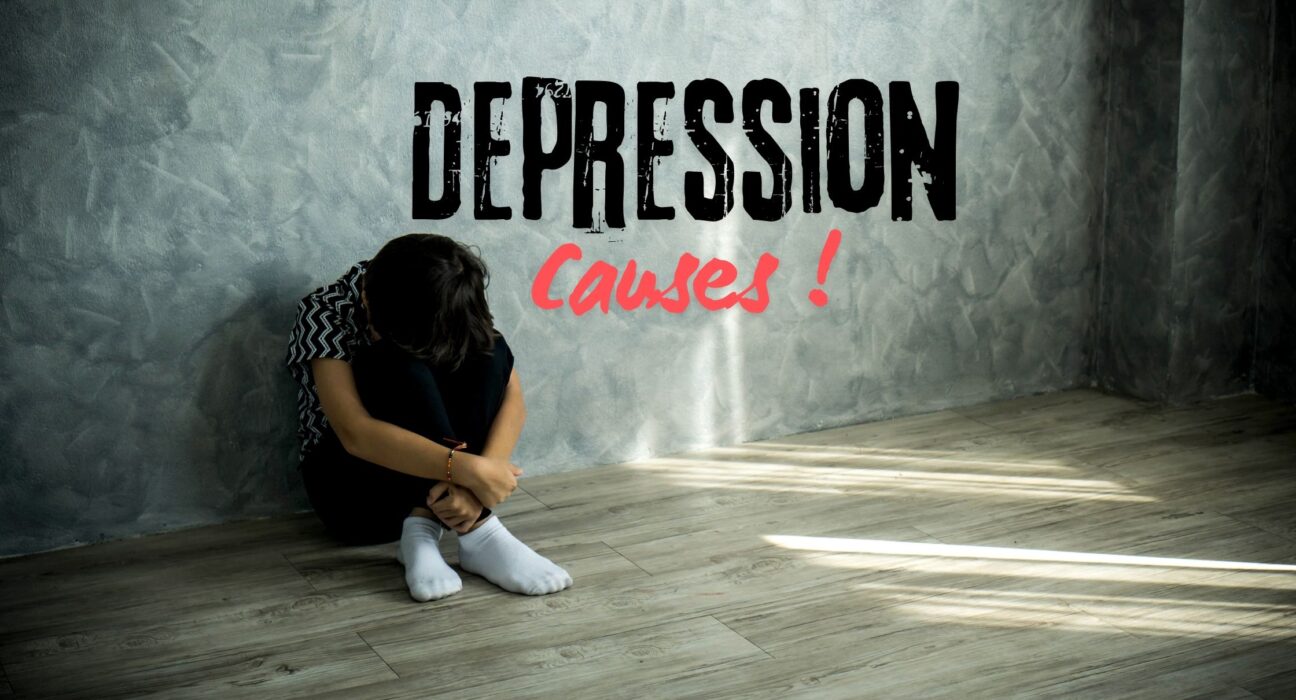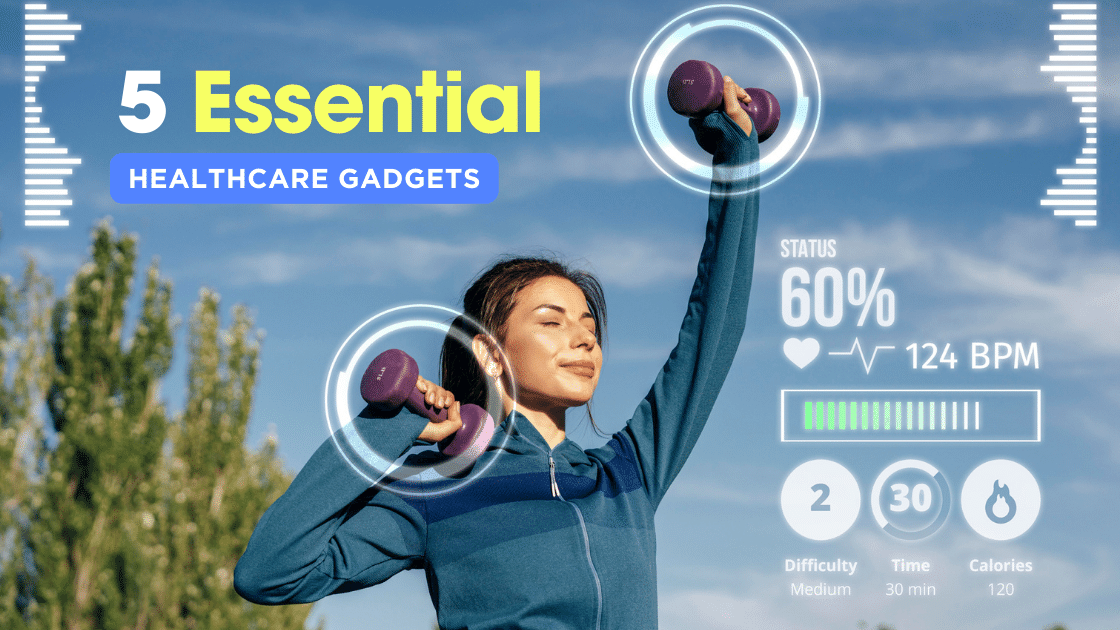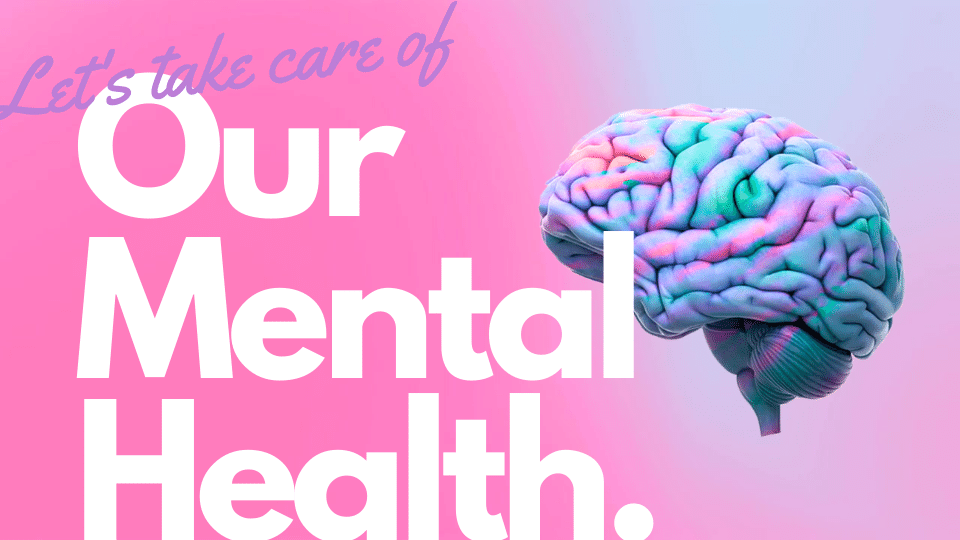What Is Depression? Causes, Symptoms, and Treatment Explained

Mental health has become a pressing global concern in recent years, and among the most common yet misunderstood conditions is depression. This mood disorder doesn’t simply equate to sadness or occasional low feelings, it is a complex mental health issue that can affect every aspect of a person’s life, from how they feel and think to how they handle daily activities. Depression is not a sign of weakness or something that can be overcome through willpower alone. It is a real medical condition that requires attention, support, and often professional treatment.
Understanding the root causes of depression is crucial to reducing stigma, improving diagnosis, and guiding effective treatment. Various factors such as brain chemistry, genetics, life events, and psychological patterns can contribute to its development. While symptoms and triggers may vary, depression is highly treatable, especially when caught early. By shedding light on this condition, we empower individuals to seek help and begin their journey toward healing. This comprehensive guide will explore the depression causes, common symptoms, types, and available treatments both medical and natural to help you or a loved one navigate this challenging experience with knowledge and compassion.
What Is Depression?
Depression is a mental health disorder characterized by persistent sadness, lack of interest or pleasure in most activities, and a range of emotional and physical problems. Unlike short-term emotional responses to life’s setbacks, depression affects daily functioning and can last for weeks, months, or even years.
It is classified under mood disorders and can manifest in various forms. Some people may struggle with mild symptoms, while others experience severe and debilitating episodes.
Common features include:
-
Persistent feelings of sadness or emptiness
-
Loss of interest in activities once enjoyed
-
Fatigue or lack of energy
-
Changes in appetite or weight
-
Difficulty concentrating
-
Feelings of worthlessness or excessive guilt
-
Thoughts of death or suicide
While depression is common, it is also highly treatable with the right support and care.
Depression Causes: Understanding the Root Factors
There is no single cause of depression. Instead, it typically results from a combination of biological, psychological, and environmental factors. Here are the key depression causes you should be aware of:
1. Genetic Predisposition
Depression often runs in families. People with a family history of depression are at a higher risk due to inherited genetic factors. Studies suggest that multiple genes may be involved, affecting how the brain responds to stress and regulates mood.
2. Brain Chemistry Imbalance
Neurotransmitters like serotonin, dopamine, and norepinephrine play a significant role in mood regulation. An imbalance in these chemicals can lead to depressive symptoms, particularly in people who are biologically vulnerable.
3. Hormonal Changes
Fluctuations in hormones—such as during pregnancy, postpartum, menopause, or thyroid disorders—can trigger depression, particularly in women. Conditions like postpartum depression are a direct result of such changes.
4. Traumatic Life Events
Experiences such as the loss of a loved one, divorce, job loss, childhood trauma, or abuse can be significant contributors to depression. Trauma can alter the brain’s structure and function, increasing susceptibility.
5. Chronic Illness or Pain
People with chronic illnesses like diabetes, cancer, cardiovascular diseases, or chronic pain are at higher risk. The stress of managing long-term health conditions can deeply affect mental well-being.
6. Substance Abuse
Alcohol or drug abuse can either lead to or exacerbate depression. Around 30% of individuals with substance use disorders also suffer from depression.
7. Personality Traits
Certain personality traits—such as low self-esteem, pessimism, or being overly self-critical—can increase vulnerability to depression.
Early Signs of Depression: Don’t Ignore the Red Flags
Spotting the early signs of depression is key to early intervention and successful treatment. Some signs are subtle and may be mistaken for stress or fatigue. Watch out for:
-
Decreased motivation and energy
-
Withdrawal from social activities
-
Unexplained aches and pains
-
Changes in sleep (insomnia or hypersomnia)
-
Feelings of hopelessness
-
Sudden irritability or anger
-
Poor concentration and memory
-
Reduced productivity or performance at school/work
If these signs persist for more than two weeks, it’s crucial to seek professional help.
Symptoms of Depression
The symptoms of depression can vary by individual but typically fall into emotional, cognitive, behavioral, and physical categories.
Emotional Symptoms
-
Persistent sadness
-
Feelings of emptiness
-
Hopelessness or helplessness
-
Irritability or frustration
-
Guilt or worthlessness
Cognitive Symptoms
-
Difficulty concentrating
-
Indecisiveness
-
Memory problems
-
Negative thought patterns
Behavioral Symptoms
-
Withdrawal from social interactions
-
Decreased interest in activities
-
Neglect of personal hygiene or responsibilities
Physical Symptoms
-
Changes in appetite or weight
-
Sleep disturbances
-
Chronic fatigue
-
Unexplained physical pain
Types of Depression
There are several types of depression, each with distinct features and treatment needs:
1. Major Depressive Disorder (MDD)
Characterized by a severe and persistent low mood, MDD affects daily functioning and typically requires medical treatment.
2. Persistent Depressive Disorder (Dysthymia)
This is a chronic form of depression lasting two years or more, though symptoms are often less severe than MDD.
3. Bipolar Depression
People with bipolar disorder experience periods of depression alternating with episodes of mania or hypomania.
4. Seasonal Affective Disorder (SAD)
Triggered by seasonal changes, usually in winter, SAD is linked to reduced sunlight exposure and vitamin D deficiency.
5. Postpartum Depression
Occurs in women shortly after childbirth and can interfere with maternal bonding and infant care.
6. Premenstrual Dysphoric Disorder (PMDD)
A severe form of premenstrual syndrome (PMS) with intense mood swings, irritability, and depression.
How to Deal with Depression: Effective Treatments
Treating depression typically requires a multifaceted approach tailored to the individual’s needs. Here’s how to manage and recover from it:
1. Therapy and Counseling
-
Cognitive Behavioral Therapy (CBT): Helps change negative thought patterns and behaviors.
-
Interpersonal Therapy (IPT): Focuses on improving relationships and social functioning.
-
Psychodynamic Therapy: Addresses unconscious conflicts rooted in past experiences.
2. Medication
Antidepressants are commonly prescribed to regulate brain chemistry. These include:
-
SSRIs (Selective Serotonin Reuptake Inhibitors)
-
SNRIs (Serotonin-Norepinephrine Reuptake Inhibitors)
-
Tricyclic Antidepressants
-
MAOIs (Monoamine Oxidase Inhibitors)
Always consult a psychiatrist before starting or stopping any medication.
3. Lifestyle Changes
-
Regular physical exercise
-
Balanced diet rich in omega-3, B-vitamins, and protein
-
Consistent sleep schedule
-
Reducing alcohol and caffeine intake
4. Support System
Opening up to friends and family or joining support groups can offer emotional comfort and reduce isolation.
5. Hospitalization and Residential Treatment
For severe cases involving suicidal ideation, inpatient care may be necessary to provide a safe environment.
Natural Remedies for Depression
While not a replacement for medical care, natural remedies for depression can offer complementary support.
1. Exercise
Physical activity releases endorphins and improves mood. Aim for 30 minutes of aerobic activity daily.
2. Sunlight and Nature
Regular exposure to natural light helps regulate circadian rhythms and boosts serotonin.
3. Mindfulness and Meditation
Practicing mindfulness can reduce stress, improve emotional regulation, and lower symptoms of depression.
4. Herbal Supplements
-
St. John’s Wort: Used in Europe for mild depression (consult a doctor for interactions).
-
Omega-3 fatty acids: Found in fish oil, known for mood regulation.
5. Aromatherapy
Essential oils like lavender, bergamot, and chamomile may promote relaxation and ease anxiety.
Difference Between Depression and Anxiety
Though they often co-exist, depression and anxiety are distinct conditions.
| Feature | Depression | Anxiety |
|---|---|---|
| Core Emotion | Sadness, emptiness | Worry, fear |
| Mood Changes | Persistent low mood | Nervousness, panic |
| Physical Symptoms | Fatigue, sleep changes, appetite loss | Racing heart, restlessness, muscle tension |
| Thought Patterns | Hopelessness, low self-worth | Overthinking, catastrophic thinking |
| Behavioral Impact | Withdrawal, lack of motivation | Avoidance of feared situations |
Understanding the difference between depression and anxiety helps guide accurate diagnosis and treatment.
When to Seek Professional Help
You should seek help if:
-
Symptoms last more than two weeks
-
Daily functioning is impaired
-
You feel suicidal or self-harming
-
There is substance abuse
-
You’ve tried lifestyle changes with no relief
Early intervention dramatically improves the prognosis. Therapy, medication, and support can make a life-changing difference.
Final Thoughts
Depression is a multifaceted condition that affects millions but remains treatable with the right combination of support, therapy, and lifestyle interventions. Recognizing depression causes, understanding symptoms, and taking timely action can lead to a full recovery. If you or someone you know is struggling, remember—you are not alone. There is hope, and help is available.








